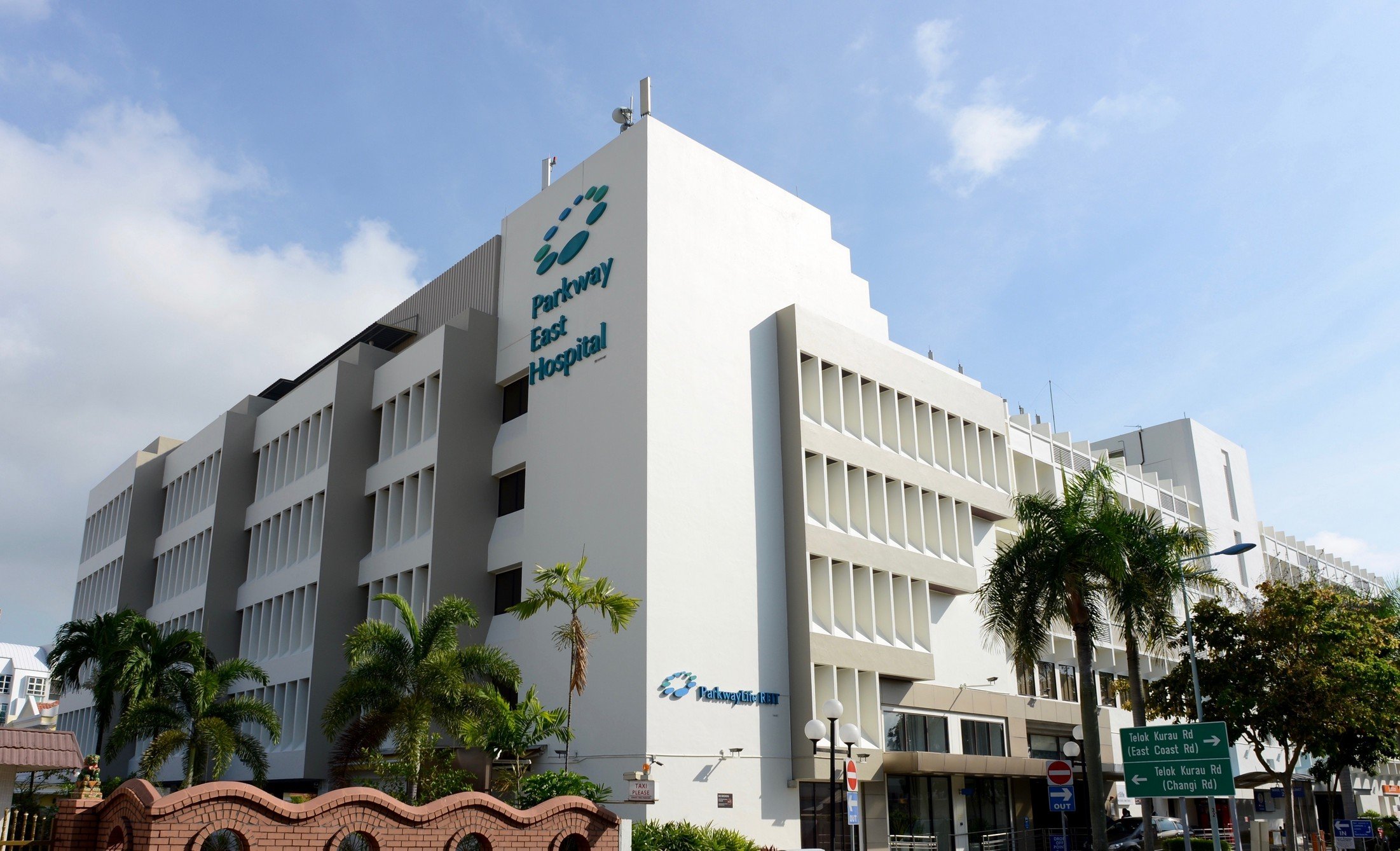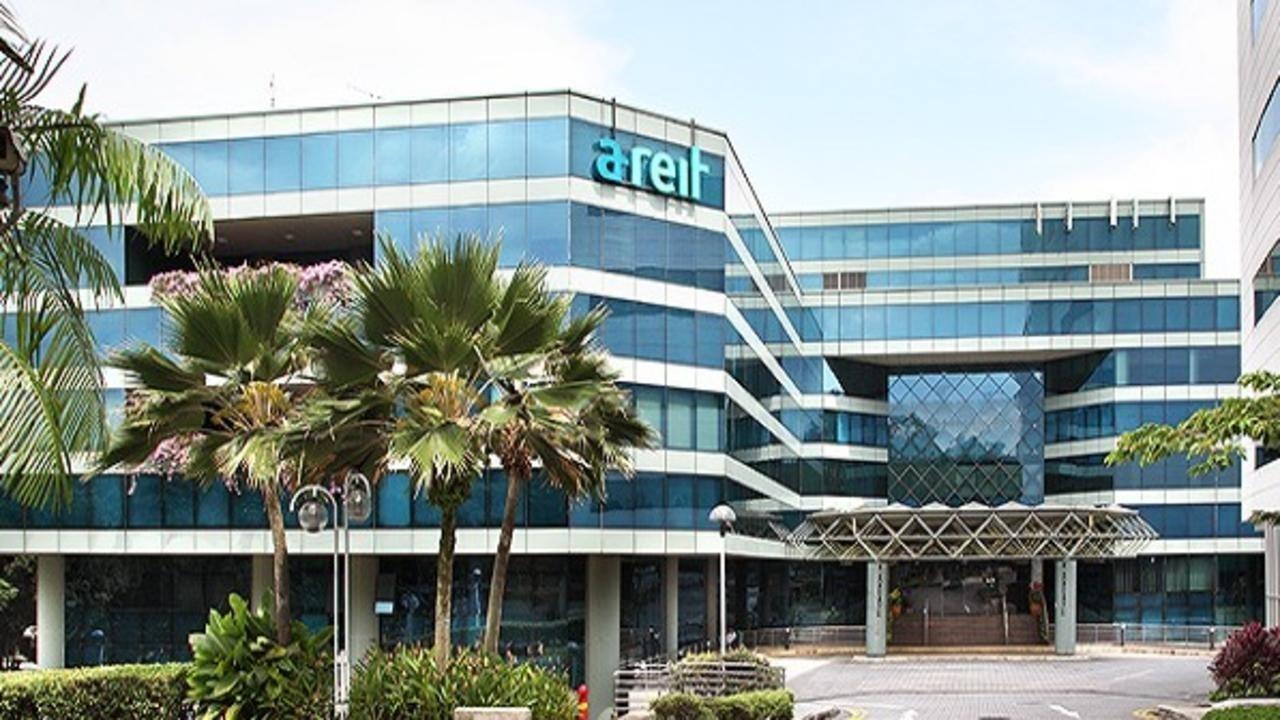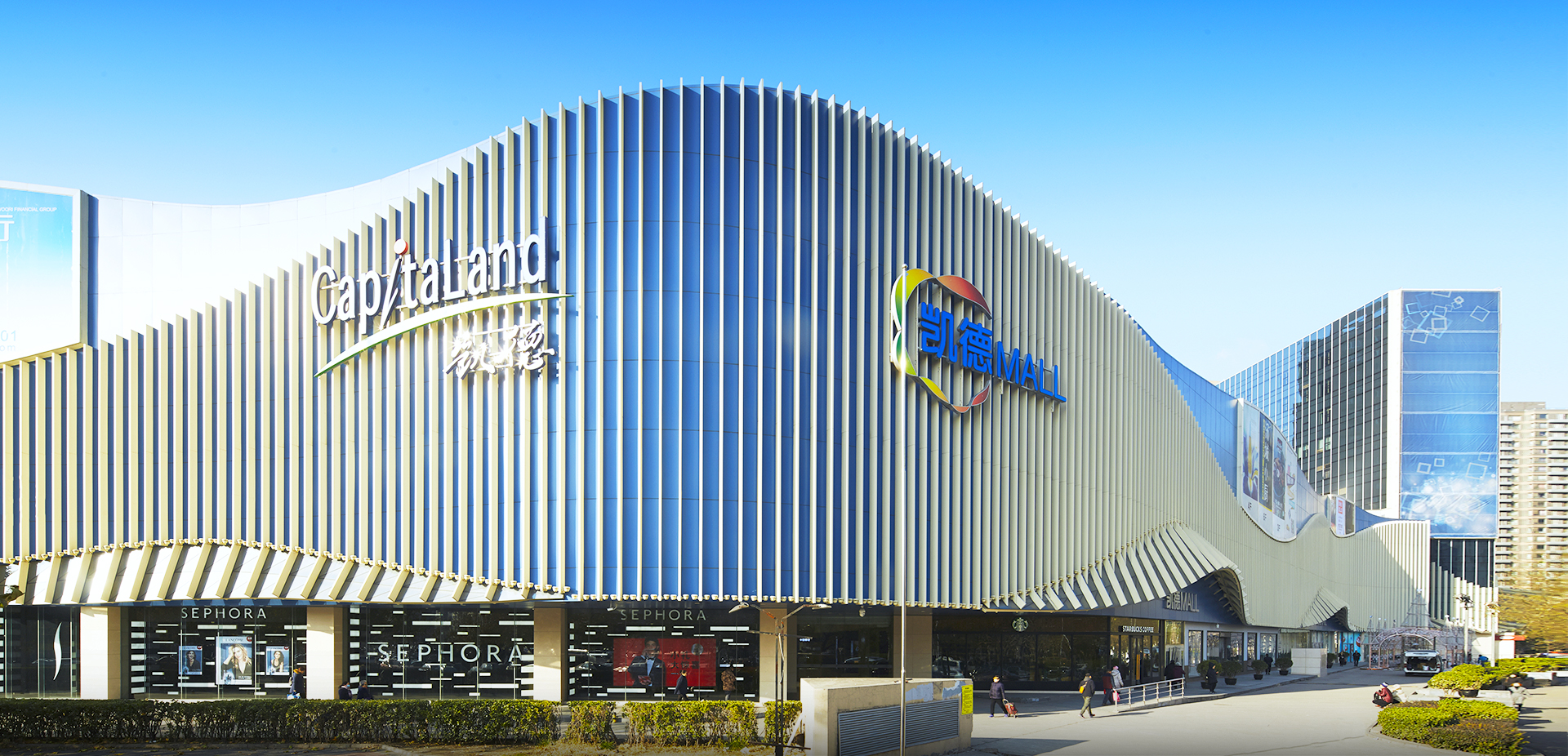On 1 November 2022, Parkway Life REIT (“PLife”) announced their business updates for the third quarter of 2022. They have also made acquisitions of 5 assets and disposal of 1 during this quarter. No other significant changes were noted and the business seems rather stable for this quarter.
Background
PLife is one of Asia’s largest listed healthcare Real Estate Investment Trusts (“REIT”). It invests in income-producing real estate and real estate-related assets used primarily for healthcare and healthcare-related purposes. As at 30 September 2022, PLife’s total portfolio size stands at 61 properties totaling approximately SGD2.35 billion.
It owns the largest portfolio of strategically located private hospitals in Singapore comprising Mount Elizabeth Hospital, Gleneagles Hospital and Parkway East Hospital. In addition, it has 57 assets located in Japan, including one pharmaceutical product distributing and manufacturing facility in Chiba Prefecture as well as 56 high quality nursing home and care facility properties in various prefectures of Japan. It also owns strata-titled units/lots at Kuala Lumpur in Malaysia.
PLife have been expanding their Japan nursing homes over the last few years. Japan is one of the countries with the highest aging population and if they can leverage their expertise, they can move to other countries once aging population becomes a problem there. Due to lower birth rates and, ironically, advancements in healthcare, aging population is an increasing situation in almost every country around the world.
Key Metrics
Distribution Per Unit (“DPU”)

Based on the announcement on 1 November 2022, DPU was not included in the business update for the third quarter of 2022.
Occupancy

Occupancy rate as at 30 September 2022 stands at 99.7%, unchanged from the previous quarter. It is worth noting that their Singapore and Japan assets are committed at 100%, which are the major components of their assets. It is pulled down by PLife’s sole Malaysian medical center, which stood at 31%. Overall, this is Favorable as it is above my expected healthy occupancy rate of 95% and PLife have been able to fully utilize their assets.
Gearing ratio

Gearing ratio stands at 34.7% as at 30 September 2022, increased from 32.5% in the previous quarter. The increase was due to drawdown of long-term revolving credit facility and short-term loans for funding of the acquisitions in Japan and working capital purposes.
This to me is Favorable as it is a distance away from the MAS limit of 50%, and PLife have shown how with lower gearing ratio originally, they can capitalize on this to make new acquisitions when opportunities arise without raising equity, notably to acquire assets aggressively at below valuation.
Interest coverage

The interest coverage stands at 18.6 times, attributable by their low cost of debt of 0.72%. This is Favorable. However, management have indicated that there is no long-term debt refinancing needed till June 2023. June 2023 is only another year away as of the date of this writing, and interest rates have been aggressively hiked the last few months. We will need to monitor if their interest coverage gets affected.
It was worth noting however that interest rates may easily rise as the world looks to tackle inflation. The Federal Reserve has hiked interest rates to 4.0% recently and is looking to hike to 5.0% by end of 2022.
Website: Fed Seen Aggressively Hiking to 5%, Triggering Global Recession
As the interest rate may potentially increase further, PLife may be subjected to significant change in their cost of debt in the near future. In their presentation they have mentioned that 50% of their interest rate have been hedged. Furthermore a portion of their debt is also on fixed rates.
I have thus performed a sensitivity analysis using the information as at 31 December 2021:

Interest rate sensitivity analysis as below:

Do note the above is my estimation which may be different from management’s estimation. Nonetheless, if the interest rates were to increase by the basis points above, PLife may experience a fall in DPU accordingly.
Debt maturity profile

Weighted average term to maturity of their debt stands at 2.9 years as at 30 September 2022. This is Favorable and it allows them sufficient time to refinance their debts as they fall due.
Price to Book Ratio

The Price to Book (“P/B”) ratio currently stands at 1.75. This is computed using the closing share price of SGD4.16 on 11 November 2022 and the net asset value per share of SGD2.38 as at 30 September 2022. The P/B ratio is Unfavorable.
It was worth noting however that the share price continued to rise despite being grossly overvalued. We will cover more in the “Key Things to Note” section.
Dividend yield

The distribution for the calendar year 2022 is lower than 2021 due to in 2022 PLife have switched to semi-annual distribution. Thus for 2022 there is no distribution in the fourth quarter. For estimation, using the distribution of SGD0.141 for the full calendar year 2021 and closing share price of SGD4.16 on 11 November 2022, this translates to a dividend yield of 3.38%.
The dividend yield is Unfavorable. For REITs, a general reasonable range would be around an average of 6.0% to 7.0% given the current environment. A yield of 3.38% sounds similar to growth equity stocks from other industries.
Furthermore, interest rates have been rising over the last few months. There are safe assets such as the Singapore Savings Bond (“SSB”) which offers interest rates that are comparable to PLife’s current dividend yield, with the latest December 2022 issue recording a 10-year average return of 3.47%. This makes investment in PLife less attractive as it is subjected to a high market price risk.
Website: Singapore Savings Bond offers all-time high 1st year and 10-year average interest rates
With interest rates continuously increasing the last few months, this causes the previous yields of PLife to become even more unfavorable, and PLife saw a decrease in their share price from SGD4.80 in my last article on 9 August 2022 to SGD4.16 on 11 November 2022 to provide higher dividend yields.
Website: Reasonable Dividend Yield Changes
Nonetheless, there are some interesting rationale for the dividend yield to be compressed and will be covered more in the “Key Things to Note” section.
Possible Expansion Targets
Third Pillar
There are currently 2 pillars supporting PLife REIT. They are:
- The Hospitals in Singapore
- The Nursing Homes in Japan
Since the previous years, PLife have mentioned they will be looking to venture into a new market and develop a new stream of revenue. While the timing of this is uncertain, in my opinion it is certainly welcoming. This will allow for them to diversify their revenue and not rely on a single tenant for a large proportion of their revenue.
Based on their financial results, they are in a good position to do so. Despite the recent fall in share price, PLife is still trading at a high P/B ratio. With the high P/B ratio as well as the heavily compressed yield, it would not be difficult for them to find a yield accretive target. It was worth noting as well that it will work in management’s favor to issue rights to capitalize on the high P/B ratio. Till date, management have not done so and the recent acquisitions were funded by debt. We will see as time progresses.
Key Things to Note
Expensive getting more expensive
There is no denying that PLife is a relatively more expensive REIT compared to others that are available in the market. A yield of 3.38% and P/B ratio of 1.75 exposes investors to higher risks. Given the straightforward business of REITs, their fair value usually should trade around their net asset value.
The key thing to note however, unlike most other REITs, PLife have income visibility. Especially with the renewal of 20 years lease, which contributes a substantial portion of their income and servers as a bulwark for PLife as they explore new initiatives. Not to mention that this lease agreement also takes into consideration the Consumer Price Index (“CPI”), and is designed to increase overall rent payable based on the CPI. This is an effective hedge against inflation, which has been breaking historic highs recently.
Nonetheless, it is still expensive, and something that investors should take note off and decide if they are comfortable with it before investing. If the market decides to crash, PLife’s can easily lose 50% of its market value as it is trading at a price that is double its book value.
Tenant concentration
Parkway Hospitals Singapore Pte. Ltd. is their top tenant contributing 61.6% of gross revenue. This indicates a heavy concentration of revenue and puts the REIT at the mercy of their customer.
While they have renewed the lease for 20 years, they are still dependent on the financial position of their customers. Cashflows have been tightening for all businesses and rental expense is one of the significant overheads that tenants will wish to cut down on. This might adversely affect the DPU of the REIT moving forward.
It is worth nothing however that the top tenant is a wholly owned subsidiary of Parkway Pantai Limited, who is a wholly owned subsidiary of Kuala Lumpur-based IHH Healthcare, Asia’s largest private healthcare group. IHH Healthcare is also in a good financial position, based on their latest financial highlights.
The largest shareholders of IHH Healthcare are Mitsui of Japan (one of the largest sogo shosha in Japan) and then followed by the Malaysian government’s sovereign wealth fund Khazanah Nasional.
This leads me to not expect the tenants to run into cash flow problems in the short term.
Depreciation of Japanese Yen
Although the recent few months in 2022 have seen the Japanese Yen appreciated against Singapore Dollar, for the full year 2022 there was an overall depreciation of Japanese Yen against Singapore dollar.
As at 30 September 2022, 37.1% of PLife assets are located in Japan, which exposes them significantly to foreign currency risk. Management have shown they are pro-active in managing these risks with the 2022 hedging activities and their financials have not been affected by the depreciation.
However, hedging also carries their own risks, and can become unfavorable overnight if the market forces were to act against you. This is something investors should take note of.
Summary

Overall, the metrics indicate that it is favorable to invest in PLife. Despite the drop in share price over the last few months, the fundamentals of PLife did not worsen during this quarter. This suggests that the current share price is due to overall market sentiment, especially as safe assets have seen their yield rise considerably with rising interest rates.
They are also recession proof as healthcare continues to be in demand and aging population becomes a widespread problem. A third pillar could potentially see PLife become even more attractive if it enters into a new market that is easily defensible.
However, given its grossly expensive share price, they may experience a big capital depreciation if a major correction occurs. The current macro environment suggests such a possibility as the world economy struggles to recover with the uncertainties in the market.
For investors, it is a matter of gaining comfort over the structure of PLife and believing that the share price is a natural hedge against time.
Disclaimer: Not financial advice. All data and information provided on this site is for informational purposes only.
Previous Post
Website: Parkway Life REIT (SGX: C2PU): 2022 Half Year Result






One thought on “Parkway Life REIT (SGX: C2PU): 2022 Third Quarter Business Update”
Comments are closed.